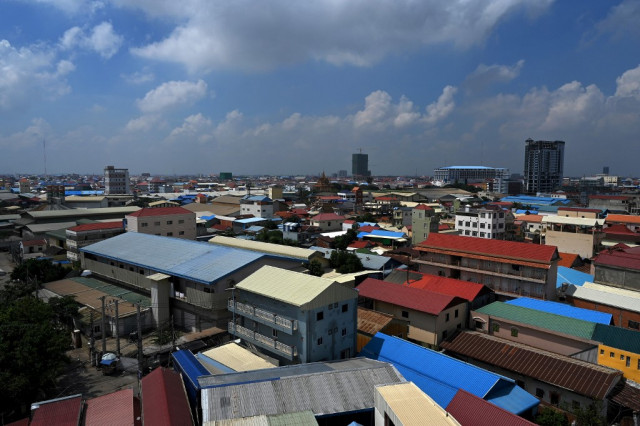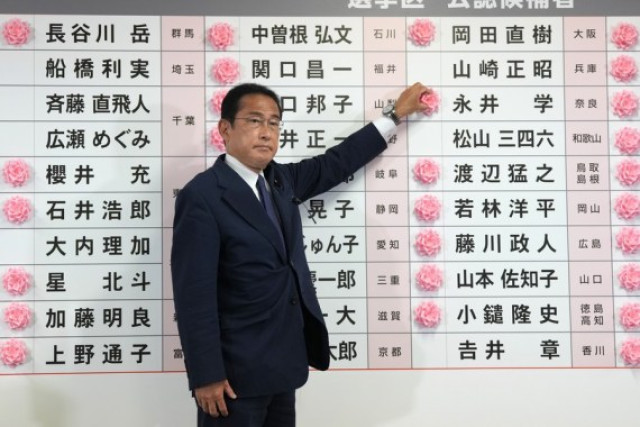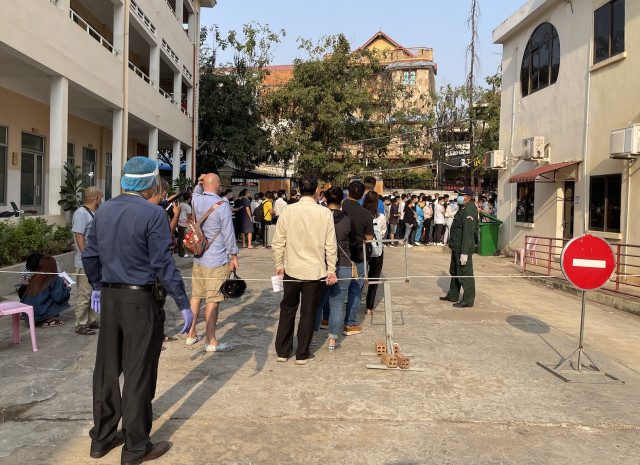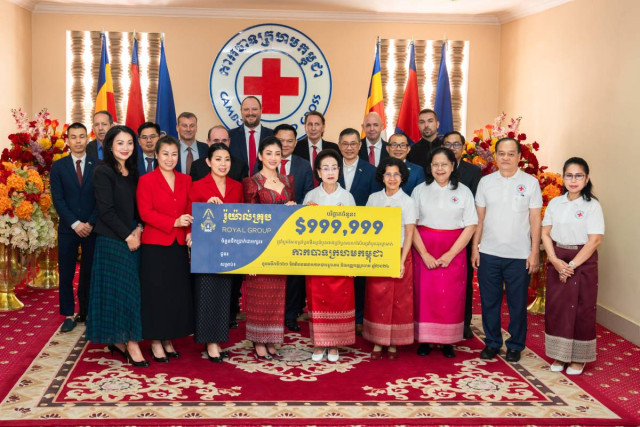Talipot Palm Leaves Find New Role as Baskets
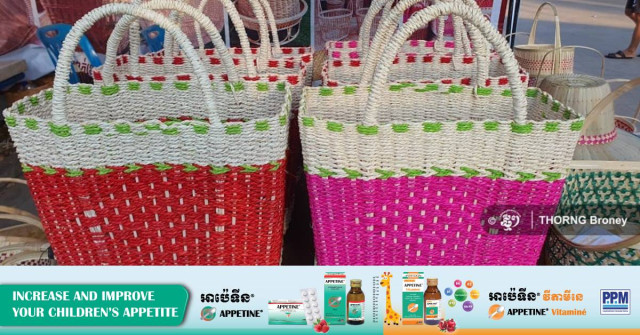
- By Thorng Broney
- March 4, 2024 4:10 PM
PHNOM PENH – The talipot palm leaf, known among Cambodians as ‘traing’ and used for making manuscripts, is being used to make baskets, given its toughness and durability.
For years, Khmer people, especially monks, used the leaves to write scripts to educate people and share lessons.
Now, a community in Kandal province make them by hand into baskets that can be used in many ways and it last a long time.
Som Sopheak, president of the Khmer Basket Association, said that the baskets are sold out almost every season, especially at Khmer New Year, due to the high support from customers.
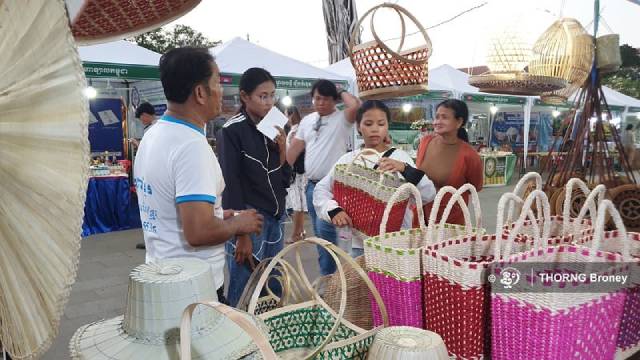
The baskets are resilient and can carry heavy weights which make them suitable for market purposes or to bring food to pagodas during religious events.
He said that unlike other community products, the baskets have been designed by a local maker in a V-shape while other products such as hats or trash bins are made from bamboo and rattan in shapes such as round or rectangular.
While the demand is rising, making them faces hurdles. Sopheak said that the business to find raw materials baskets because the leaves must be collected from Kratie province, where most of the trees are found.
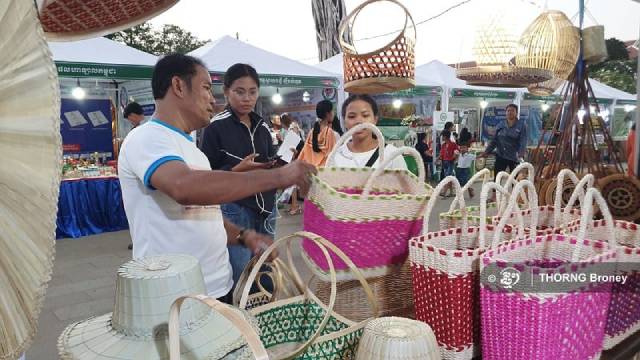
In the rainy season, leaf cutting is dangerous and hard while flooding can cause transport problems.
Moreover, the income and cost are not compatible since people spend more time binding the leaves and it is more labor-intensive, he said.
“One basket takes one day, and some take two days. One basket is sold for 25,000 riel ($6.25) or 28,000 riel ($7) which is why there is no balance with the labor force,” he added.
Despite this, Sopheak wants all Cambodians to continue to support products made by fellow countrymen to create jobs and income for locals.
Originally written in Khmer for ThmeyThmey, this article was translated by Nhor Sokhoeurn for Cambodianess.






